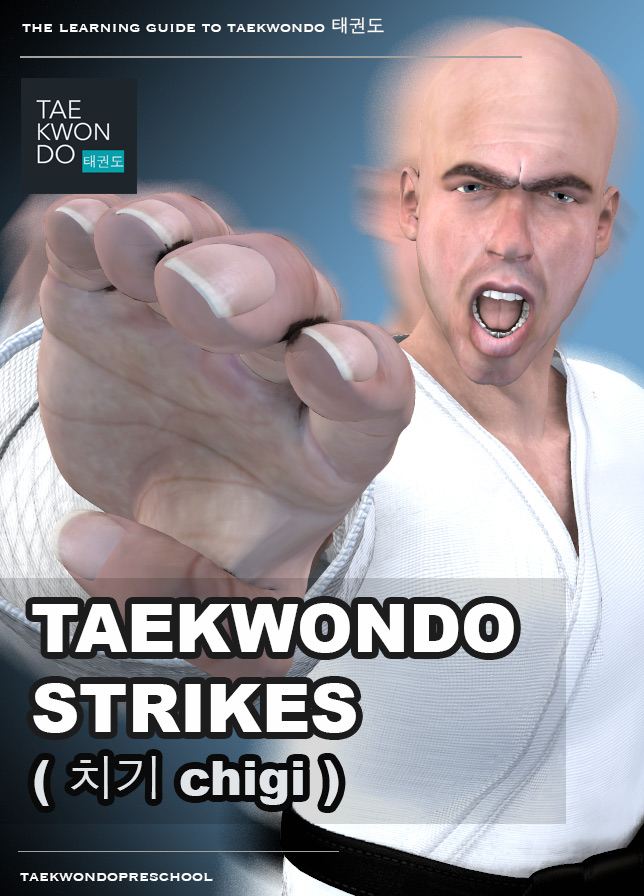Taekwondo 태권도Taekwondo Preschool
When you reach senior belt you are expected to guide the junior belts when they are beginning Taekwondo such as showing by example. To advance from one rank to the next, students typically complete promotion tests in which they demonstrate their proficiency in the various aspects of the art before a panel of judges or their teacher. View Taekwondo belt levels »

About Taekwondo
Promotion Test
Testing or evaluation is important to martial art practitioners of many disciplines who wish to determine their progression or own level of skill in specific contexts. Students within individual martial art systems often undergo periodic testing and grading by their own teacher in order to advance to a higher level of recognized achievement, such as a different belt color or title. The type of testing used varies from system to system but may include patterns or sparring.
To advance from one rank to the next, taekwondo students typically complete promotion tests in which they demonstrate their proficiency in the various aspects of the art before their teacher or a panel of judges. Promotion tests vary from school to school, but may include such elements as the execution of patterns, which combine various techniques in specific sequences; the breaking of boards to demonstrate the ability to use techniques with both power and control; sparring and self-defense to demonstrate the practical application and control of techniques; physical fitness usually with push-ups and sit-ups; and answering questions on terminology, concepts, and history to demonstrate knowledge and understanding of the art. For higher dan tests, students are sometimes required to take a written test or submit a research paper in addition to taking the practical test.
Promotion from one geup to the next can proceed rapidly in some schools, since schools often allow geup promotions every two, three, or four months. Students of geup rank learn the most basic techniques first, and then move on to more advanced techniques as they approach first dan. Many of the older and more traditional schools often take longer to allow students to test for higher ranks than newer, more contemporary schools, as they may not have the required testing intervals.
In contrast, promotion from one dan to the next can take years. The general rule is that a black belt may advance from one rank to the next only after the number of years equivalent to their current rank. For example, a newly promoted third-degree black belt may not be allowed to advance to fourth-degree until three years have passed. Some organizations also have age requirements related to dan promotions, and may grant younger students poom 품 (junior black belt) ranks rather than dan ranks until they reach a certain age.
Taekwondo Belt Level Tests
Testing or evaluation is important to martial art practitioners of many disciplines who wish to determine their progression or own level of skill in specific contexts. Students within individual martial art systems often undergo periodic testing and grading by their own teacher in order to advance to a higher level of recognized achievement, such as a different belt color or title. The type of testing used varies from system to system but may include patterns or sparring.
General qualities that judges look for in any taekwondo practitioner include proper breathing technique and body control. The diaphragm must be engaged in deep breathing, shallow breathing concentrated in the upper abdomen results in raised shoulders and stressed muscles. The muscles of the body should be lightly relaxed in order to perform the pattern with fluidity, speed and grace. Muscles should only be tensed at the moment of imaginary impact in order to commute maximum power to any individual taekwondo technique. For more information View Key Points »
RESOURCES
This article uses material from the Wikipedia article "Taekwondo", which is released under the Creative Commons Attribution-Share-Alike License 3.0.




















